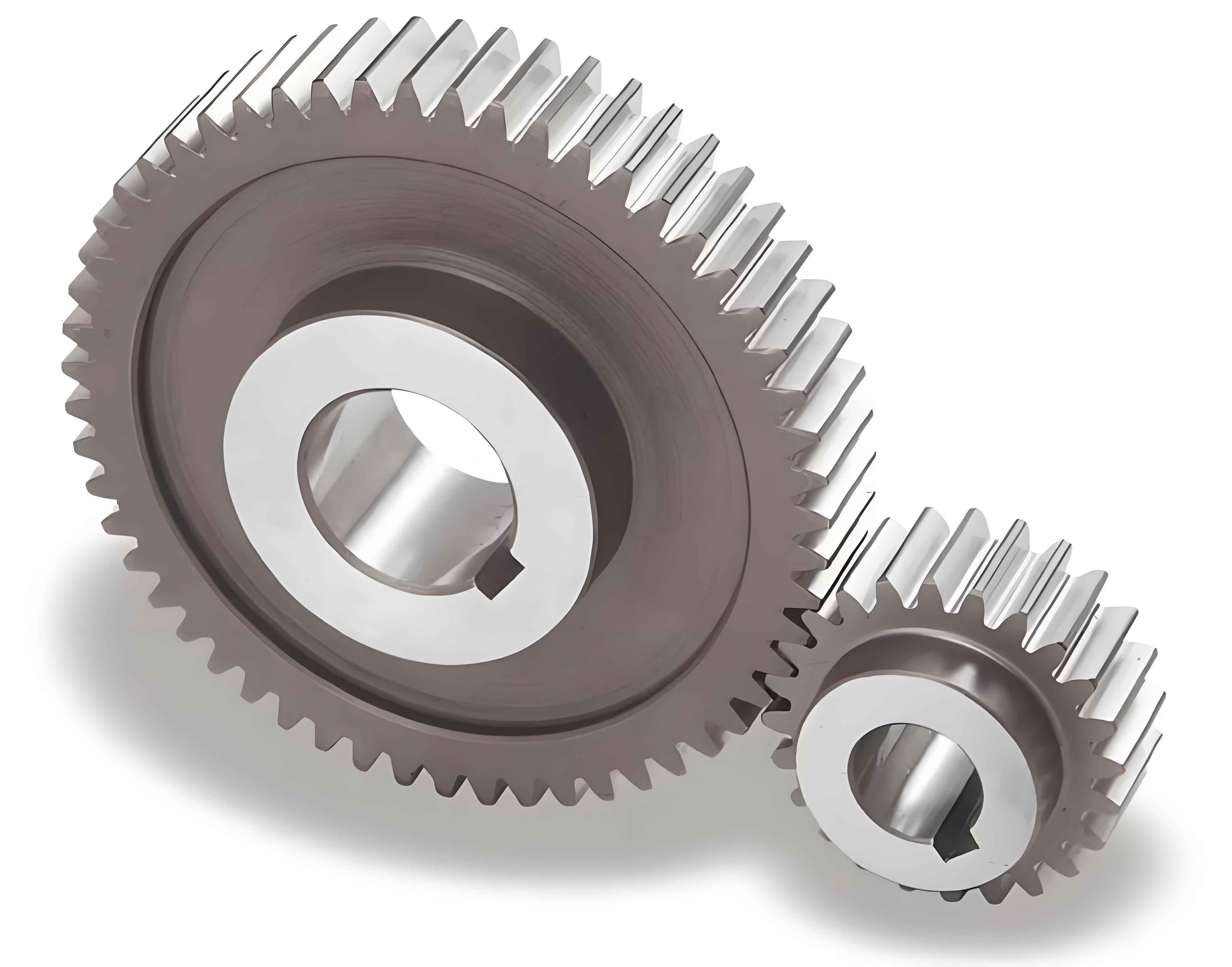
Spur gear is integral components in a multitude of mechanical systems, from automotive transmissions to industrial machinery. Optimizing their design is crucial for enhancing performance, durability, and efficiency. Finite Element Analysis (FEA) is a powerful computational tool used to achieve these goals by simulating the behavior of spur gear under various conditions. This article explores the application of finite element analysis in the structural optimization of spur gear, discussing its benefits, methodologies, and real-world applications.
Introduction
Spur gear is characterized by their straightforward design and efficiency in transmitting power between parallel shafts. However, they are subjected to high stresses, which can lead to wear, fatigue, and failure if not properly designed. Structural optimization aims to enhance spur gear performance by reducing weight, minimizing stress concentrations, and improving load distribution. Finite Element Analysis (FEA) plays a crucial role in this optimization process by providing detailed insights into the mechanical behavior of spur gear under various loading conditions.
Importance of Structural Optimization
- Enhanced Durability: Reducing stress concentrations and improving load distribution can significantly extend the lifespan of spur gear.
- Improved Efficiency: Optimized spur gear designs reduce energy losses due to friction and deformation.
- Weight Reduction: Structural optimization can lead to lighter spur gear, which is beneficial in applications where weight is critical.
- Cost Savings: Efficient designs can reduce material usage and manufacturing costs.
Finite Element Analysis (FEA) Overview
Finite Element Analysis is a numerical method used to solve complex structural, fluid, and thermal problems. In the context of spur gear, finite element analysis helps in:
- Stress Analysis: Determining the distribution and magnitude of stresses within spur gear.
- Deformation Analysis: Assessing how spur gear deforms under various loads.
- Fatigue Analysis: Predicting the lifespan of spur gear based on cyclic loading conditions.
- Thermal Analysis: Evaluating the effects of temperature changes on spur gear performance.
Methodologies in Finite Element Analysis for Spur Gear Optimization
- Geometry Modeling
- Meshing
- Material Properties Assignment
- Load and Boundary Conditions
- Solution and Post-Processing
Geometry Modeling
Creating an accurate geometric model of the spur gear is the first step in finite element analysis. This involves defining spur gear dimensions, tooth profile, and other critical features.
Meshing
Meshing involves dividing the geometric model into smaller elements that can be analyzed. A finer mesh leads to more accurate results but requires more computational resources.
Material Properties Assignment
Assigning appropriate material properties, such as Young’s modulus, Poisson’s ratio, and density, is crucial for accurate analysis.
Load and Boundary Conditions
Defining the loads (e.g., torque, radial forces) and boundary conditions (e.g., fixed supports, rotational constraints) that spur gear will experience during operation is essential for realistic simulations.
Solution and Post-Processing
Solving the finite element analysis model involves running simulations to obtain stress, deformation, and other results. Post-processing includes analyzing these results to identify areas of improvement and potential issues.
Benefits of Finite Element Analysis in Spur Gear Optimization
- Detailed Insights: Provides a detailed understanding of stress and deformation patterns.
- Design Validation: Validates the performance of new spur gear designs before physical prototyping.
- Cost Efficiency: Reduces the need for expensive and time-consuming physical testing.
- Iterative Design: Allows for rapid iterations and improvements in spur gear design.
Comparative Analysis of Traditional vs. Finite Element Analysis-Based Optimization
| Criteria | Traditional Methods | Finite Element Analysis-Based Methods |
|---|---|---|
| Accuracy | Moderate | High |
| Time Efficiency | Low | High |
| Cost Efficiency | Moderate | High |
| Iterative Capability | Low | High |
| Insight into Stress Distribution | Limited | Detailed |
Case Study: Optimization of Spur Gear in Automotive Transmissions
A case study conducted on spur gear used in automotive transmissions demonstrated the effectiveness of finite element analysis in structural optimization. By using finite element analysis, engineers were able to identify high-stress regions and redesign spur gear to reduce these stresses. The optimized gear showed a 15% reduction in weight, a 20% increase in fatigue life, and a 10% improvement in efficiency compared to the original design. This optimization also led to significant cost savings in material and manufacturing processes.
Future Directions in Finite Element Analysis for Gear Optimization
- Integration with Machine Learning: Combining finite element analysis with machine learning algorithms to predict gear performance and optimize designs more efficiently.
- Advanced Material Modeling: Incorporating advanced material models that account for complex behaviors like plasticity, creep, and anisotropy.
- Real-Time Analysis: Developing real-time finite element analysis capabilities for immediate feedback during the design process.
- Multi-Physics Simulations: Integrating structural, thermal, and fluid dynamics analyses to provide a comprehensive understanding of spur gear performance.
Conclusion
Finite Element Analysis is a vital tool in the structural optimization of spur gear, offering detailed insights into their mechanical behavior under various conditions. By leveraging finite element analysis, engineers can design more efficient, durable, and cost-effective gears. The continued advancements in finite element analysis technology and methodologies promise even greater improvements in spur gear design, ensuring the reliability and performance of spur gear in diverse applications.
